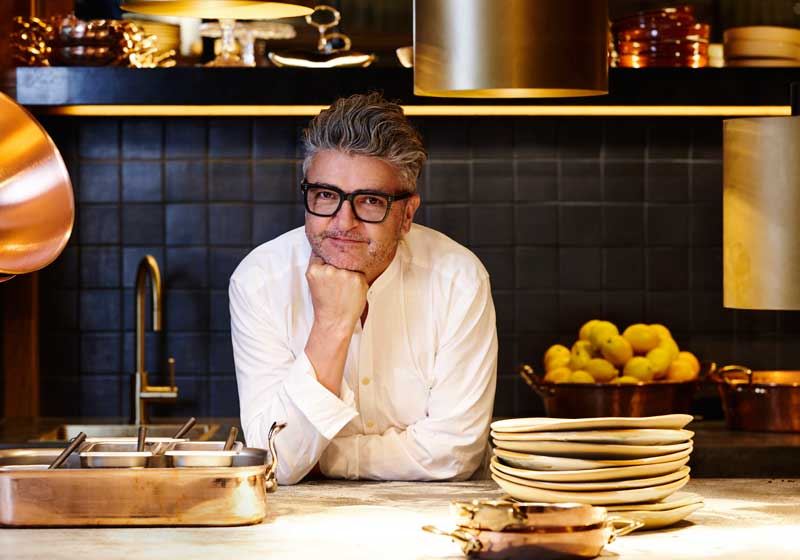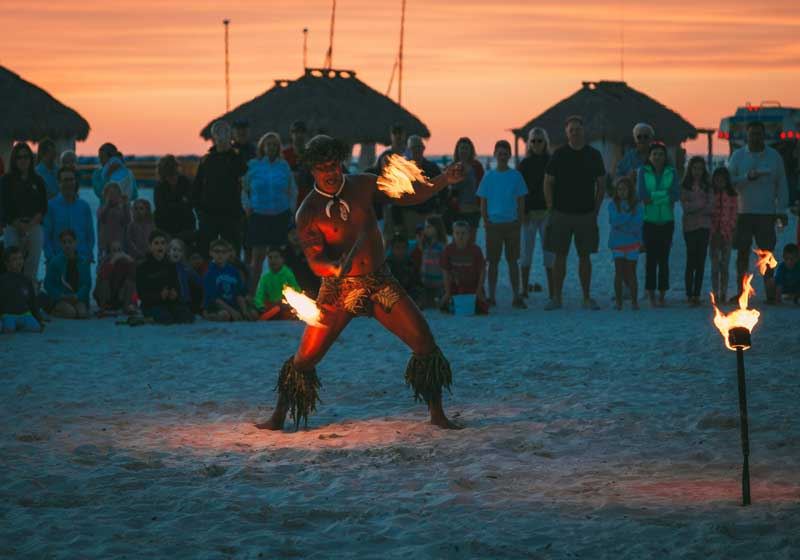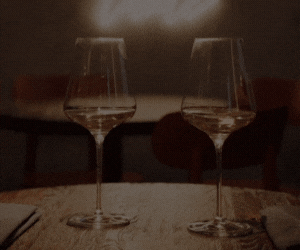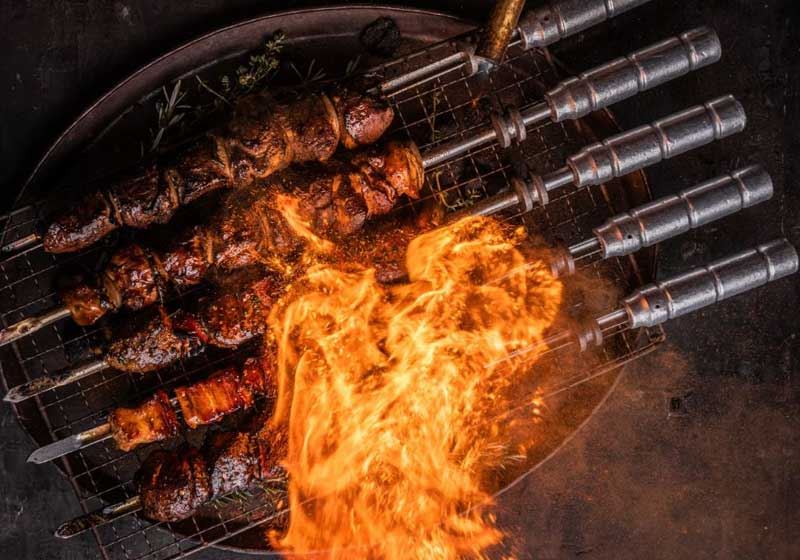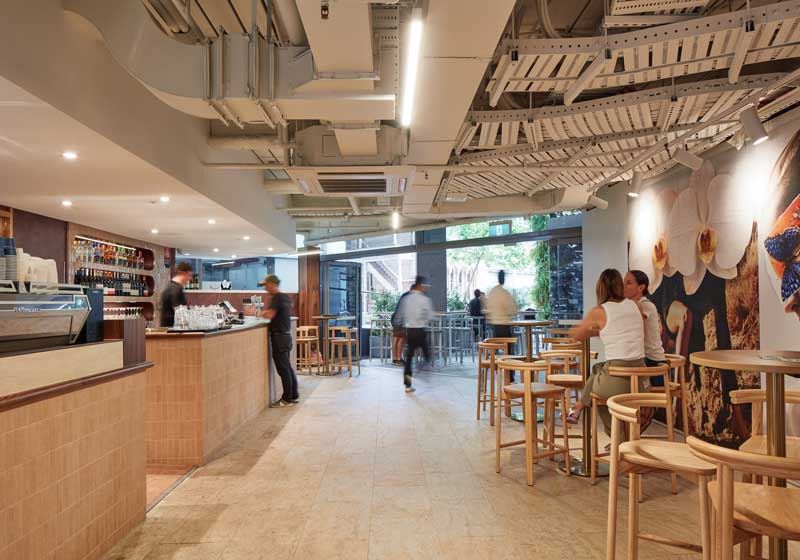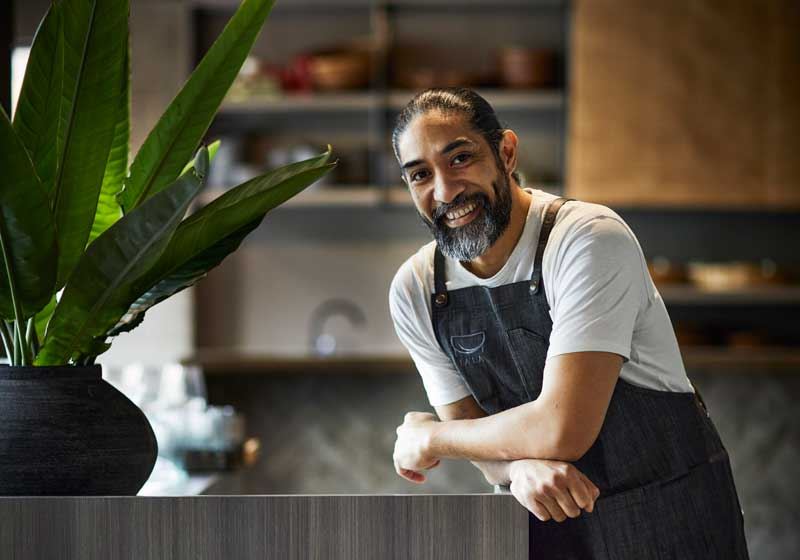Japan’s Cherry Blossom Festival or Hanami is a centuries-old tradition that involves picnics, parties and viewing the blossoms.
Cherry blossom season occurs annually throughout Spring, usually from March to May – the exact timing of the blossoms' arrival varies by region with most of the festival events occurring around late March.
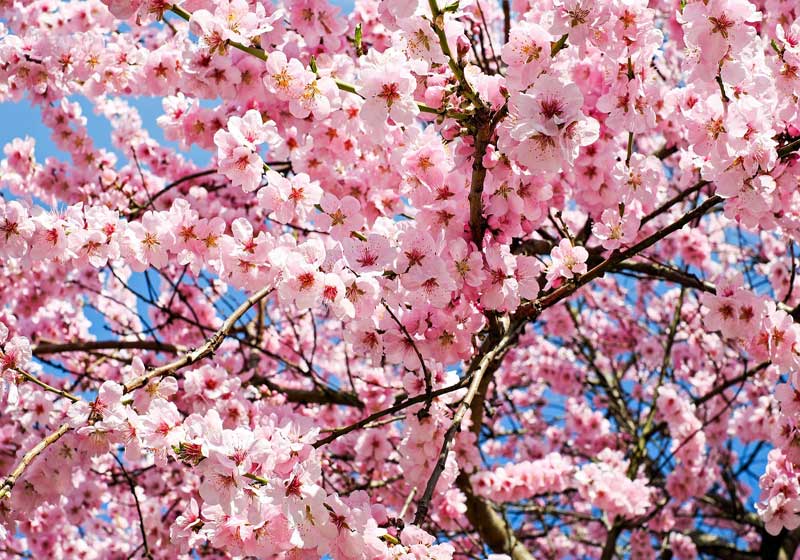
Historians estimate that Hanami dates back more than 1000 years, when originally festivals were reserved for Japanese aristocrats and centred around plum rather than cherry blossoms.
Today, cherry blossom festivals have grown to become a mainstay among the masses, drawing in travellers from around the world and across Japan who wish to see the cherry blossoms, otherwise known as ‘sakura’, in full bloom.
Cherry blossoms hold cultural significance throughout Japan and each year, the iconic flowers are widely celebrated to mark the arrival of Spring, a time when optimism, renewal, and new life are at their peak.

While the lifespan of the sakura is relatively brief, the short span of time when cherry blossoms are in bloom serves as a reminder of the impermanence of beauty and life.
This idea is often referred to as ‘mono no aware’, or nothing lasts forever and can be found depicted in art, folk songs and Japanese popular culture.
In the Shinto religion, sakura hold sacred spirits or forces, which makes cherry blossom season an important cultural event among these communities. In Buddhism, cherry blossoms symbolise the ephemerality of life.
While the main attraction at a cherry blossom festival is the sakura, they also feature a series of time-tested traditions and cultural events, too.
Picnics: these open-air feasts are an important component of cherry blossom festivals. Picnics allow friends and family to gather under the pink cherry blossom tree canopies while savouring seasonal food and traditional desserts like sakura mochi.
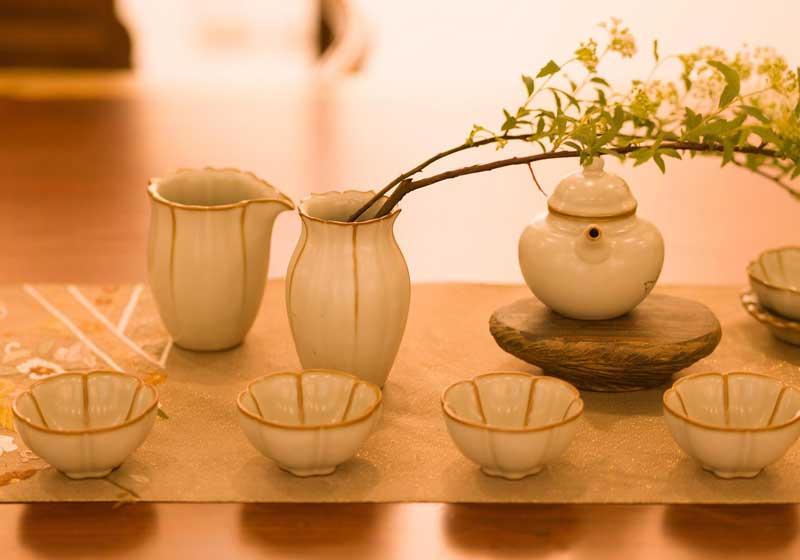
Sake celebrations: a brewed alcoholic beverage made from fermented rice juice, sake is considered the beverage choice for hanami celebrations. It’s not uncommon to find festival-goers sipping sake from day to night at Japan’s cherry blossom festivals.
Tea ceremonies: like sake, tea is commonplace throughout hanami celebrations. These traditional tea ceremonies often feature tea wares, including cups and pots, that are decorated in cherry blossom motifs. Both black and green teas can be blended with sakura, providing yet another unique way to experience cherry blossoms.
Cultural experiences: cherry blossom festivals often feature live performances, dance and cultural displays. The cultural experience varies from festival to festival, making each hanami special in its own right.
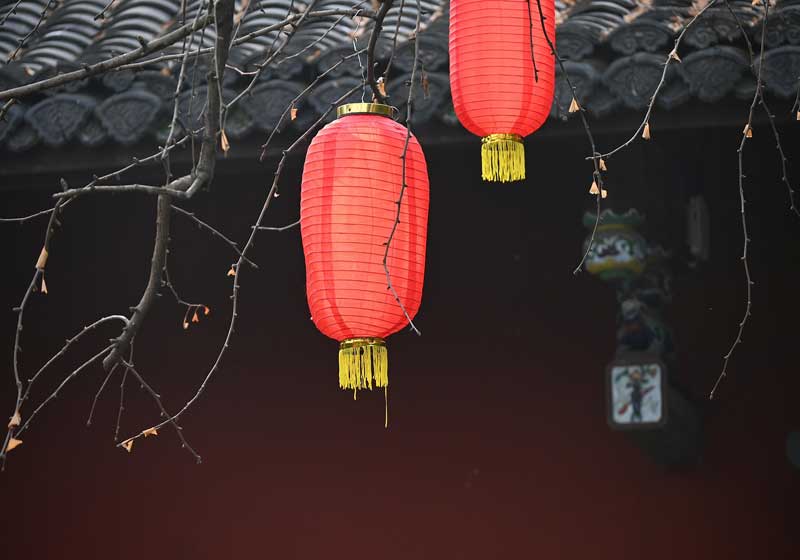
Paper lanterns: many of Japan’s most prolific cherry blossom festivals take place well into the evening. After the sun goes down, festival attendees can soak up a new perspective of the festival. At night paper lanterns are commonly lit and these lanterns illuminate the cherry trees and their blossoms, which makes for a magical experience.



